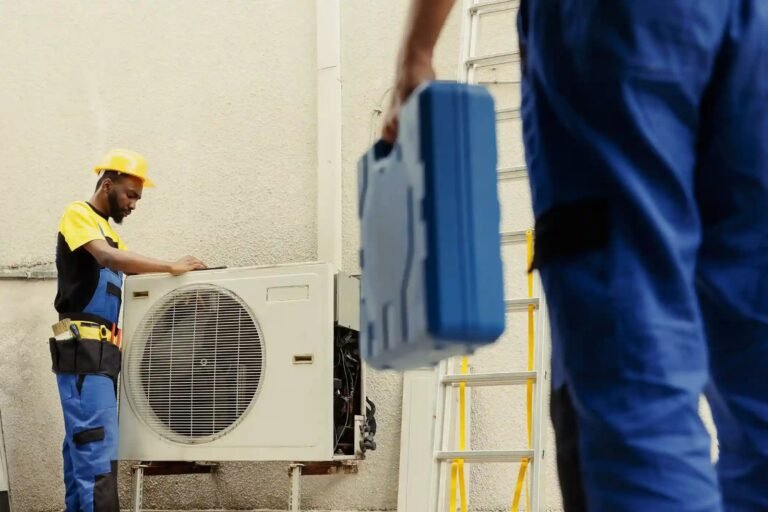The cranes are the type of machines used to carry heavy material from one place to another in industries or markets. The cranes carry heavy loads like trucks, cars, iron materials, other machinery etc. There are different models and styles of these cranes in the market. Every model and design of the crane has its own function and has four important elements.
Every element has its own function, and when this element combines with other elements helps the crane to lift and carry the heavy load. Parts of the cranes are Hook, hoist, trolley, bridges, girders, effectors etc.; here is the explanation of these parts of the crane.
Parts of a Crane
-
Hook:
The Hook is a component of the crane that carries the load and brings it to the hoisting part of the crane. During the working process this part of the crane became damaged so, it is necessary to change this part on a regular basis.
-
Hoist:
The hoist is a component of the crane that helps in an upward holding of heavy load and also lowers the material. The structure and style of the hoist control the lifting and lowering process of the material. Like the load power of the chain, the hoist is approximately 4 or 5 tons, while the load power of the rope hoist is 6 or less than 6 tons. The Hand_ powered hoists are used to carry less load, and electric_ powered hoists are used to carry bulky materials.
The hoist is made to carry the load and put it into the trolley with the help of the Hook that supports the load. There are two models of hoists available. One is the Munck electric wire rope hoist, and the other is the electric chain hoist. The Munck wire rope hoist is safe to use, reliable and can be used for a longer time. Chain hoist carries lower weight material and is ideal for new projects in which price is an important factor during the selection of lifting process for less load.
-
Trolley:
The trolley is a component of the crane that is used to move the other parts of the crane horizontally. It is made to move hoist and hook horizontally along the top or bottom of the bridge element of the crane.
The trolley is made up of the hoist and the body of the trolley. In dual hoist functions, a single trolley body can be made with two hoists of two trolley bodies can be made each with its hoist.
Some models of the crane are like four_ wheelers carriage. These shorts and trucks help in fixing wheels. Multiple wheels are fixed on every end of the crane for easy movement of the load.
-
Bridge:
The bridge is a component of the crane that hold_up the whole weight of the load and of other elements of the crane, such as the Hook, hoist and trolley. The bridge controls the whole system of the crane. It controls the functions of the trolley. It also helps in the movement of the hoist and hooks across the work area.
The bridges are the elements that also carry out the width of the crane. It is the first important component of the crane structure that helps in connecting the landing strips and also carries the hoist and trolley of the crane. The bridge can either be a single girder, or it can be a double girder in design. These are like box or metal bar artefacts depending on your requirements of the load.
The bridge comprises the long horizontal girds that have end trucks. These girds or beams have vertical camber to adjust bending caused by load and crane components’ weight. According to your load needs, the bridge can either be a single girder or double girder in design—the rectangular representation of these beams or girders, trucks etc. Are comprises two side plates made of steel and one top and one bottom plate that is known as box cross_section.
-
Girders and effectors:
The crane girders are elements that are attached to the end trucks, and they are the structural components that support the trolley. The girders have a horizontal box shape and are an important component of the overall Crane system.
The effectors are the most important components of a crane. They can also be simple, like gambling, and there are many important load solutions available, but end effectors play an important role in lifting the required load, and end effectors are the perfect solutions for weight lifting. The load lifting using custom and effectors is much safer, and these have high speeds and are accurate.
Conclusion:
A hanging crane is also known as a bridge crane. It is a type of crane present in industrial areas. This type of crane comprises parallel landing strips with a bridge that spread in a gap. A host is also a component of a crane that moves across the bridge. It helps in lifting load upward and downward. The loading capacity of the rope hoist is greater compared to the chain hoist.
To completely understand the elements of a crane, kindly check the above explanation of the most important parts of the load-lifting process of the crane. These components of electromagnetic overhead cranes vary among different types of cranes. It’s not necessary that every element is present on each crane. Parts of the crane may also be different from the above-mentioned parts.
As each design of crane has its own function so, the parts of cranes are different. Depending on the parts of cranes function of cranes is also different. Some are used to carry high weight, and some are used to carry low weight.







